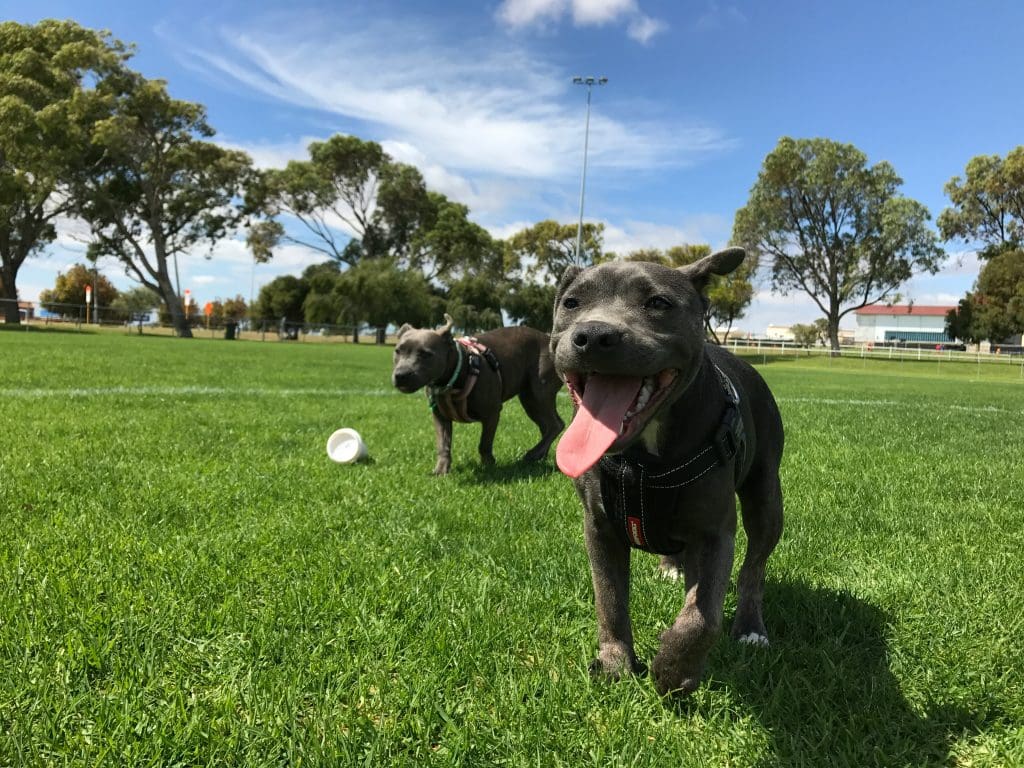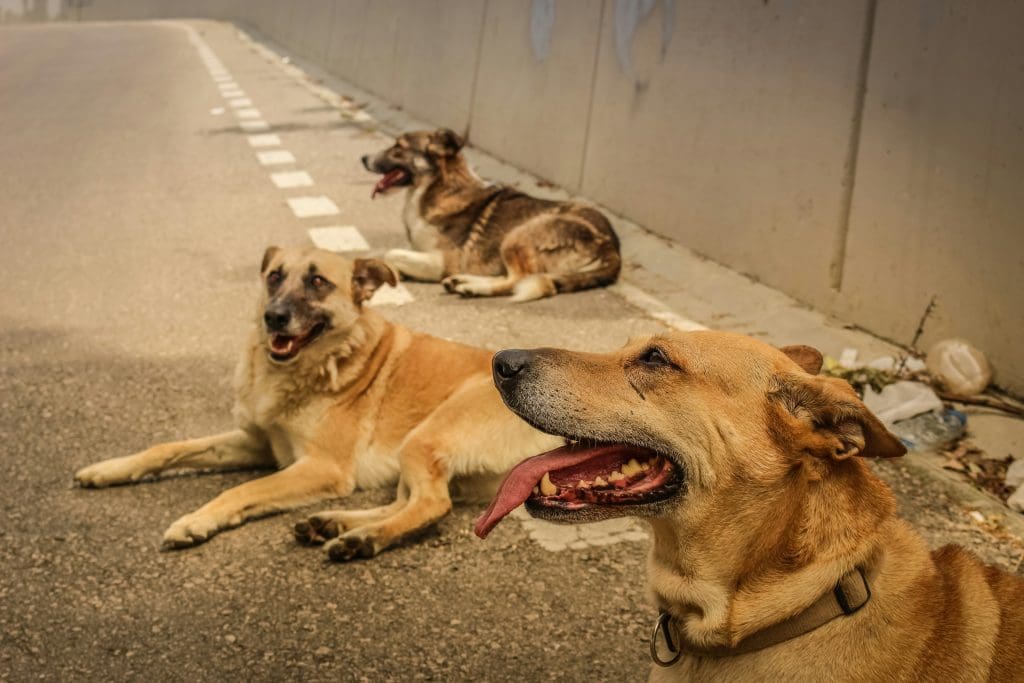Recognizing the Signs of Heat Stroke in Dogs
As summer temperatures rise, so do the risks of heat-related illnesses in our canine companions. One of the most dangerous of these is heat stroke—a potentially fatal condition that can escalate quickly if not recognized and treated. Because dogs can’t sweat like humans, they rely heavily on panting to regulate their body temperature. When that’s not enough, their internal temperature can rise to dangerous levels.
Knowing the early warning signs of heat stroke in dogs can mean the difference between a quick recovery and a life-threatening emergency. In this blog, we’ll walk through the signs to look for, why certain dogs are more at risk, and what to do if you suspect your dog is overheating.
What Is Heat Stroke in Dogs?
Heat stroke, or hyperthermia, occurs when a dog’s body temperature rises above 104°F (40°C). Normal canine body temperature is around 101 to 102.5°F. When their cooling mechanisms fail—typically due to excessive heat, humidity, or overexertion—their internal organs can begin to shut down rapidly.
This condition can happen quickly and without warning, especially in hot cars, on long summer walks, or during vigorous outdoor play in warm weather.
Early Signs of Canine Heat Stroke
Being able to spot these signs early is key to intervening before permanent damage occurs. Common early symptoms include:
-
Excessive panting: While panting is normal, rapid or heavy panting that doesn’t slow down is a red flag.
-
Drooling: Thick, sticky saliva is often a sign of dehydration and overheating.
-
Red or pale gums: Healthy gums should be pink; pale or bright red gums can indicate poor circulation.
-
Increased heart rate: You may feel a rapid pulse if you place your hand over your dog’s chest.
-
Glassy eyes or a dazed expression: Disorientation is an early sign the brain may be overheating.
-
Lethargy or weakness: Dogs may become slow to respond, stagger, or lie down and refuse to move.
-
Vomiting or diarrhea: Sometimes with blood, as the gastrointestinal tract becomes distressed.
-
Unsteady gait or collapse: If your dog is stumbling, struggling to walk, or collapses, this is an emergency.
Advanced Symptoms and Danger Signs
If heat stroke progresses, symptoms can become more severe:
-
Seizures or tremors
-
Unresponsiveness or coma
-
Bloody diarrhea or vomiting
-
Blue or gray gums/tongue
-
Organ failure (in severe cases)
At this stage, urgent veterinary care is needed—immediate cooling and hospitalization may be necessary to save your dog’s life.
High-Risk Situations and Environments
Heat stroke can happen anywhere, but it’s more common in certain conditions:
-
Left in hot vehicles: Even on mild days, car interiors can reach lethal temperatures quickly.
-
Outdoor play during peak heat: Especially when combined with humidity and direct sunlight.
-
Hot asphalt or pavement: Can burn paws and reflect heat back onto your dog.
-
Overexertion: Running or hiking too hard without breaks or access to water.
-
Poor ventilation: Crates or rooms without air circulation can become deadly.
Avoiding these high-risk environments is one of the best ways to protect your dog.
Dogs Most Prone to Heat Stroke
Some dogs are naturally more vulnerable to heat stroke, including:
-
Brachycephalic (flat-faced) breeds: Bulldogs, Pugs, Boxers, and Shih Tzus have shortened airways that make it harder to breathe efficiently.
-
Senior dogs: Older dogs may have weaker cooling mechanisms.
-
Overweight dogs: Fat acts as insulation, trapping heat in the body.
-
Thick-coated breeds: Dogs like Huskies or Newfoundlands overheat more easily in warm climates.
-
Dogs with medical conditions: Heart disease, respiratory issues, or prior heat stroke episodes increase risk.
Knowing your dog’s unique vulnerabilities helps you tailor their summer activities and safety plans accordingly.
Monitoring Your Dog in the Heat
Here are a few proactive steps you can take during warm weather:
-
Know your dog’s normal behavior: If they suddenly seem more tired or hesitant, investigate.
-
Use a rectal thermometer: At-home monitoring can catch rising temperatures early. Over 103°F = caution; 104°F+ = danger zone.
-
Watch the time and terrain: Avoid midday heat and hot surfaces like pavement or sand.
-
Hydrate and rest: Always provide cool water and shade during walks or outdoor time.
What to Do If You Suspect Heat Stroke
If you suspect your dog is experiencing heat stroke:
-
Move them to a cooler location immediately.
-
Use cool (not cold) water to gently wet them. Focus on the belly, armpits, and paws.
-
Offer small sips of water if your dog is conscious—but don’t force it.
-
Use a fan or A/C to help speed up cooling.
-
Call your veterinarian or an emergency clinic right away.
Even if your dog appears to recover, internal damage can still occur—always follow up with veterinary care.
Final Thoughts
Heat stroke in dogs can strike faster than most owners realize—but with awareness and proactive care, it’s almost entirely preventable. Learning to read the early signs and knowing how to respond can help you keep your dog safe, happy, and cool all summer long.
In the next blog, we’ll talk about how to prevent heat stroke during summer walks—including tips on timing, gear, and training to keep your dog cool on the go.



